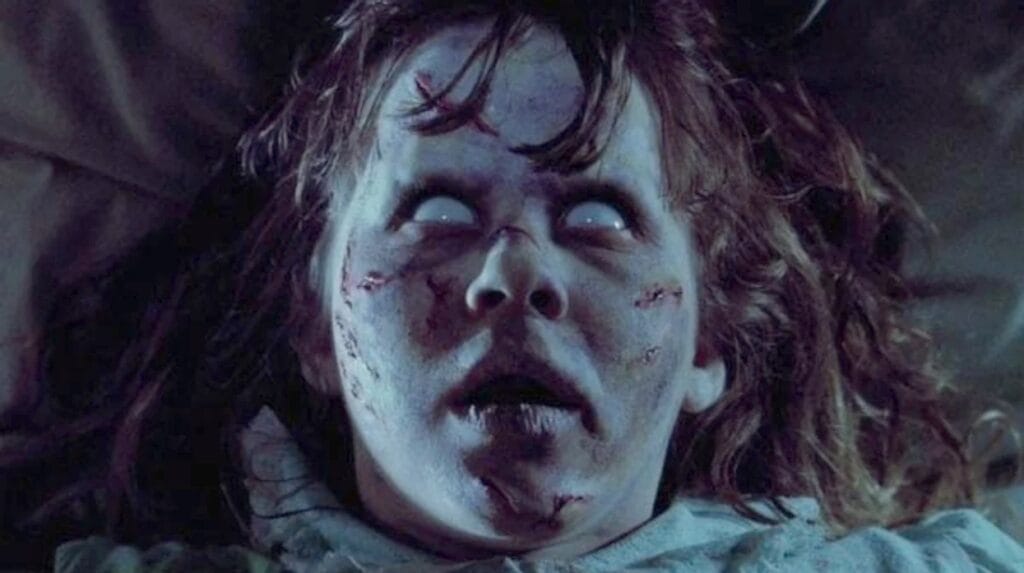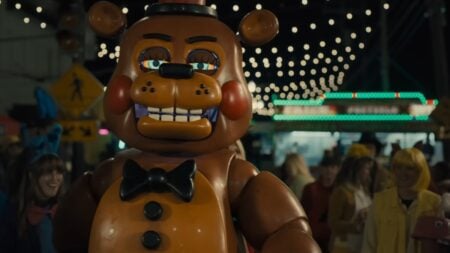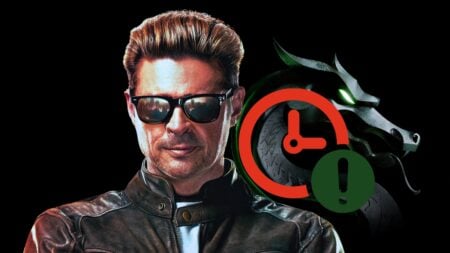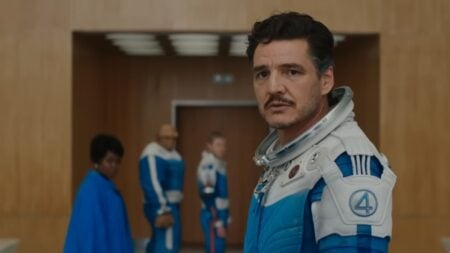Skip To...
In over 130 years of cinematic history, many disturbing movies have made audiences sick to their stomachs. Others have been so deeply rooted in realism that it’s difficult to decide when the camera stops rolling. Both of these reasons evoke powerful reactions from viewers, be it disgust, sadness, anger, or a mixture of all three. Many modern-day movies are so impactful due to the compelling efforts of the actors and practical effects crew. And for the most part, the pain and torment appear terrifyingly real.
Theatergoers have been so appalled that they decided it wasn’t worth the two-hour-long anguish. Rather than enduring gut-wrenching gore or a rock-bottom production value, they would much rather storm out. And we don’t blame them.
The Passion of the Christ
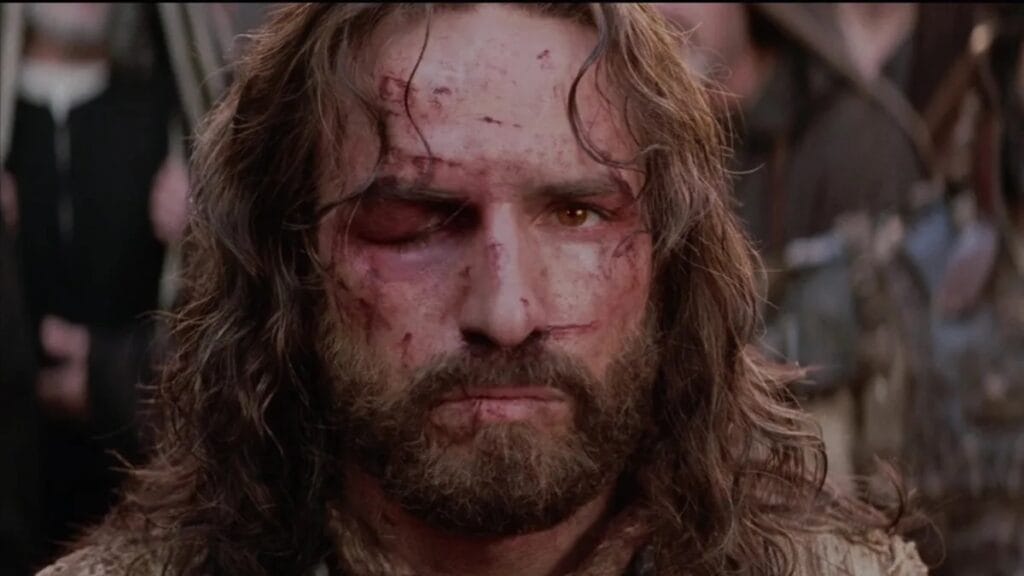
In 2004, Mel Gibson chronicled the life, torture, and eventual crucifixion of Jesus Christ. The Passion of the Christ covers the 12 hours leading to Jesus’ death, known in biblical terms as “the Passion.” Jim Caviezel plays Jesus as he endures immense suffering at the hands of the Romans. Gibson’s depiction of Christ’s crucifixion was so horrifically graphic that it faced severe backlash from audiences and critics. In particular, allegations of antisemitism.
There were claims of historical inaccuracy, though Gibson never marketed The Passion as being strictly reliable. Gibson assured that The Passion of the Christ was intended to emphasis the enormity of Jesus’ sacrifice, but that didn’t stop viewers from fleeing several screenings.
Saving Private Ryan

From the mind of the man himself, Steven Spielberg, comes Saving Private Ryan. This 1998 epic war film takes place in France during World War II and follows a platoon of soldiers on a mission to locate and rescue Private James Francis Ryan. Saving Private Ryan earned critical acclaim for its graphic portrayals of war-time combat, yet it endured controversy for that same exact reason. In one particular scene, a soldier is forced to dig his own grave.
Spielberg wanted audiences to empathize with the harrowing reality of war, particularly the horrors left unseen by the general public. Apparently, the reenactment of World War II was too believable for many viewers, particularly veterans.
The Human Centipede 2
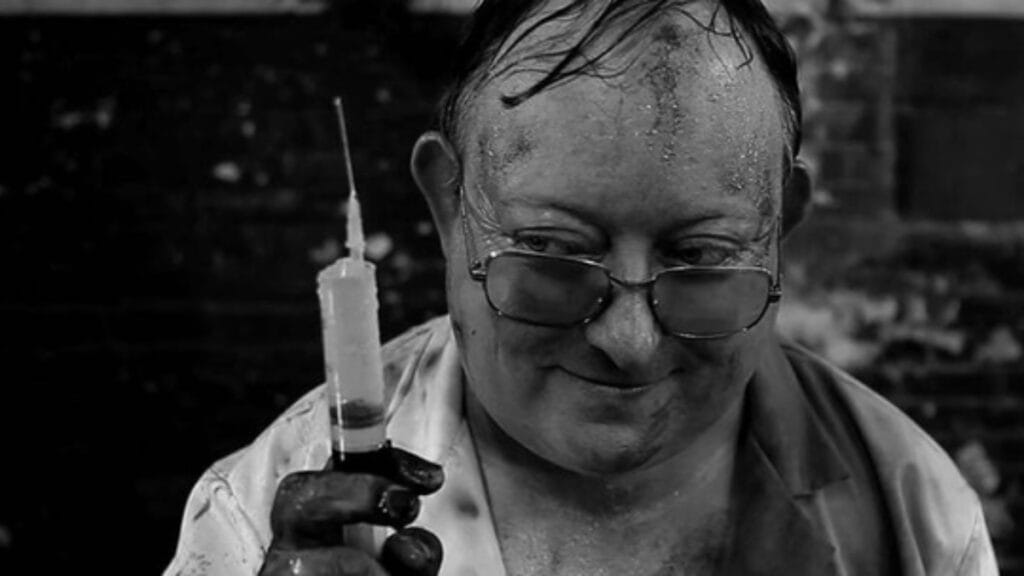
If one compiled all the deeply disturbing movies of the last century, none would be quite as hard to watch as The Human Centipede 2. The first entry in the trilogy, starring the late Dieter Laser, depicted a deranged experiment conducted by Dr. Heiter concerning three unsuspecting tourists. In the sequel, an obese and asthmatic security guard named Martin watches The Human Centipede and becomes inspired to create his own.
Due to its distressing premise, the film was heavily censored worldwide. Originally the BBFC (British Board of Film Classification) refused to classify The Human Centipede 2 for a direct-to-video release. This was later withdrawn as director Tom Six presented a cut version that earned an 18 rating. Several instances of sexual assault, violence, and pure pornography made the sequel unwatchable for many back in 2011 — and remains just as unbearable today.
The Hills Have Eyes
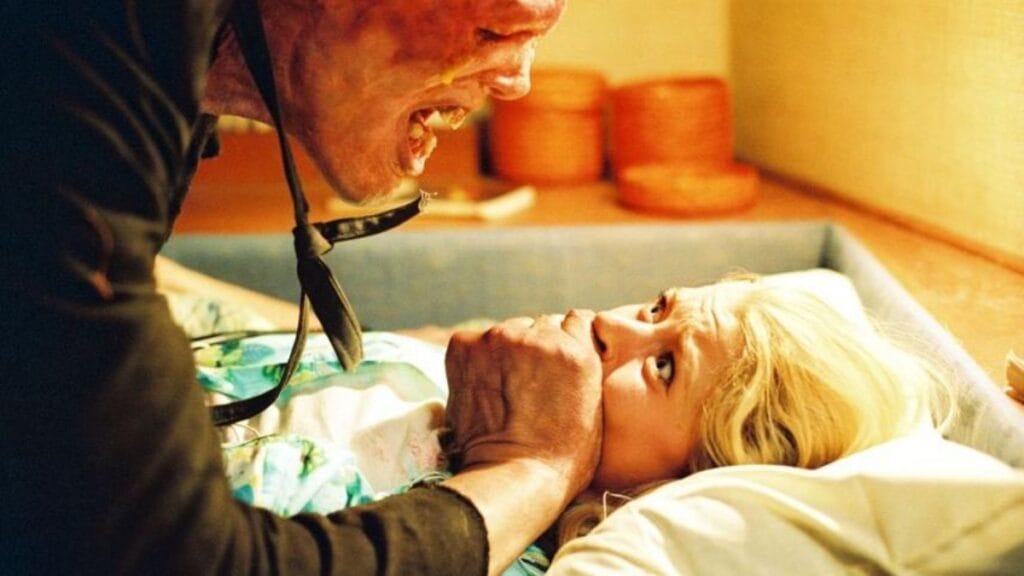
If The Human Centipede 2 was unwatchable, The Hills Have Eyes isn’t any less of an eyesore. This refers to Alexandre Aja’s 2006 remake, not necessarily the 1977 original by Wes Craven. The thought alone of cannibalistic mutants targeting and brutalizing an innocent suburban family is enough to unnerve even the steeliest of resolves. But even then, Aja doesn’t pull any punches.
Right from the get-go, the explicit themes start rearing their ugly head in an undoubtedly disturbing movie. In one instant, two mutants by the names of Pluto and Lizard infiltrate the Carter’s broken-down trailer and sexually assault Brenda. Simultaneously, Bob Carter is immolated to a tree as a distraction, so there’s no doubt a lot to walk away from.
The Exorcist
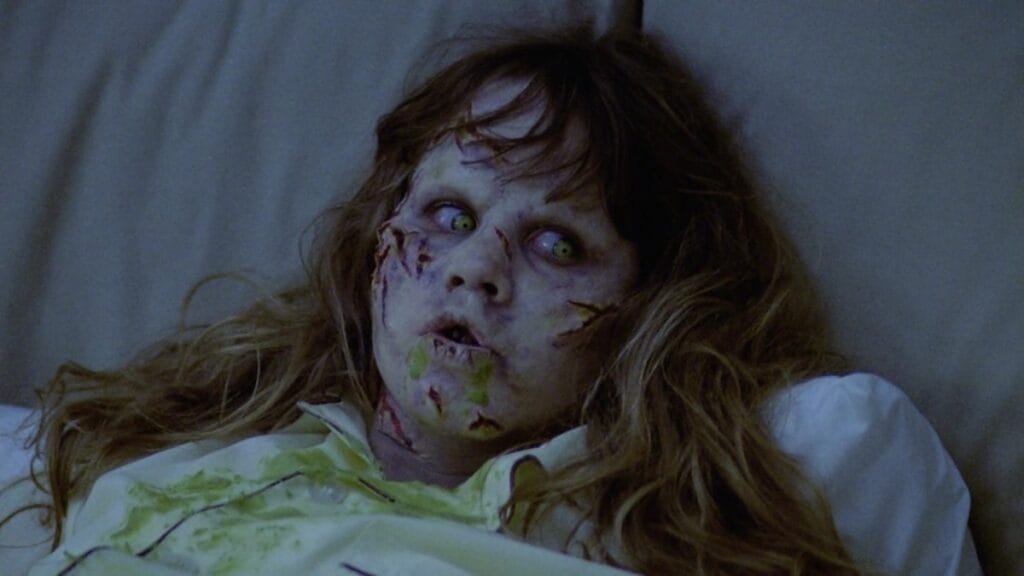
Perhaps the biggest shake-up in the history of horror, The Exorcist tells the story of Regan, a 12-year-old girl who falls victim to a demonic spirit. Her mother, desperate to save her, enlists the help of two Catholic priests. In several parts of the West, the movie was panned for hurting religious sentiments, as well as portraying visually upsetting images. No wonder it has a reputation as one of the most disturbing movies of all time.
Unsurprisingly, The Exorcist was initially banned in some parts of the U.K. It was reported that certain scenes provoked reports of vomiting, fainting, and heart attacks inside theaters. According to Entertainment Weekly, director William Friedkin shared that “Billy Graham, who was not Catholic, denounced it from the pulpit and said ‘The Devil is in every frame of this film.'”

